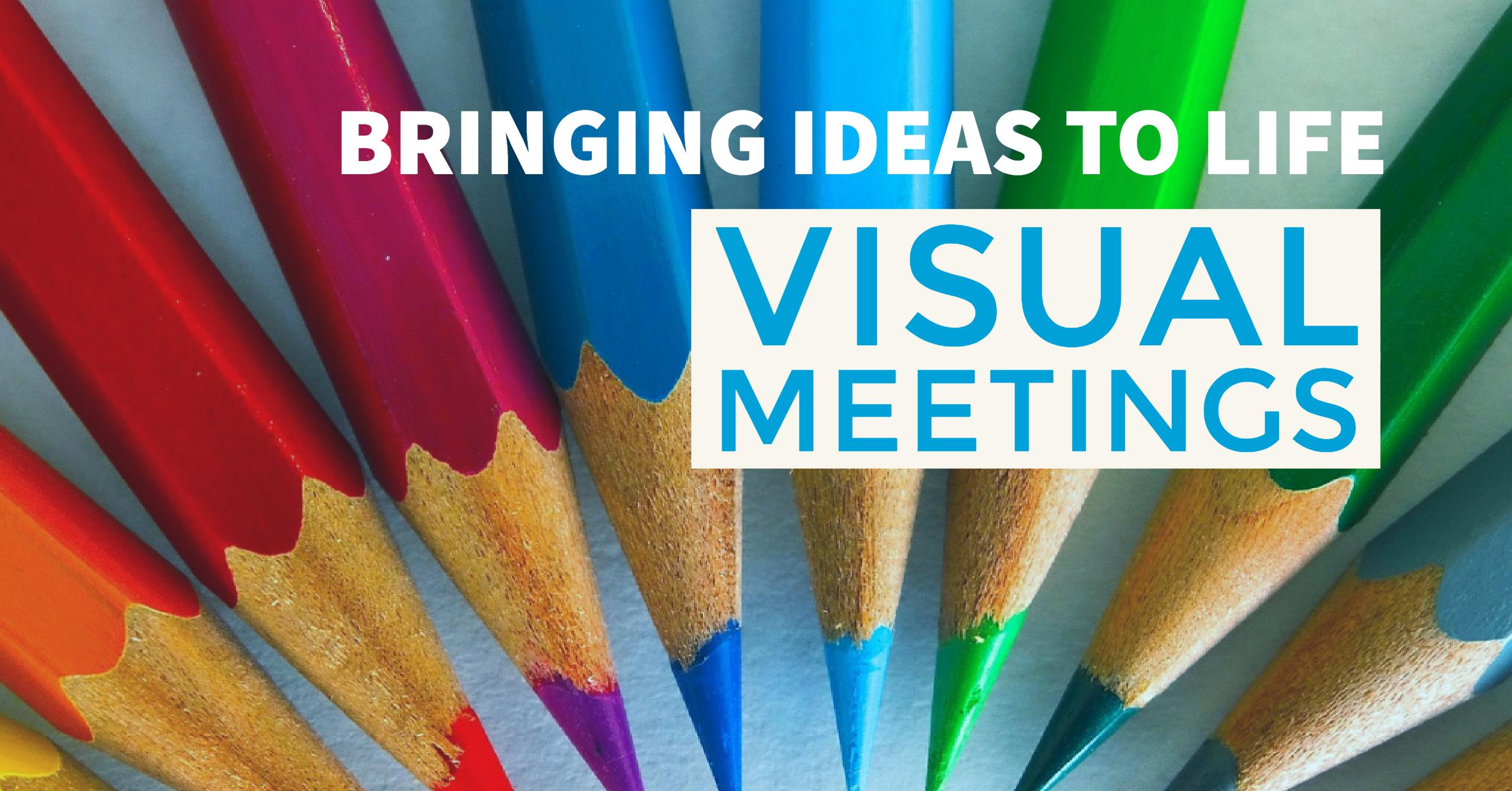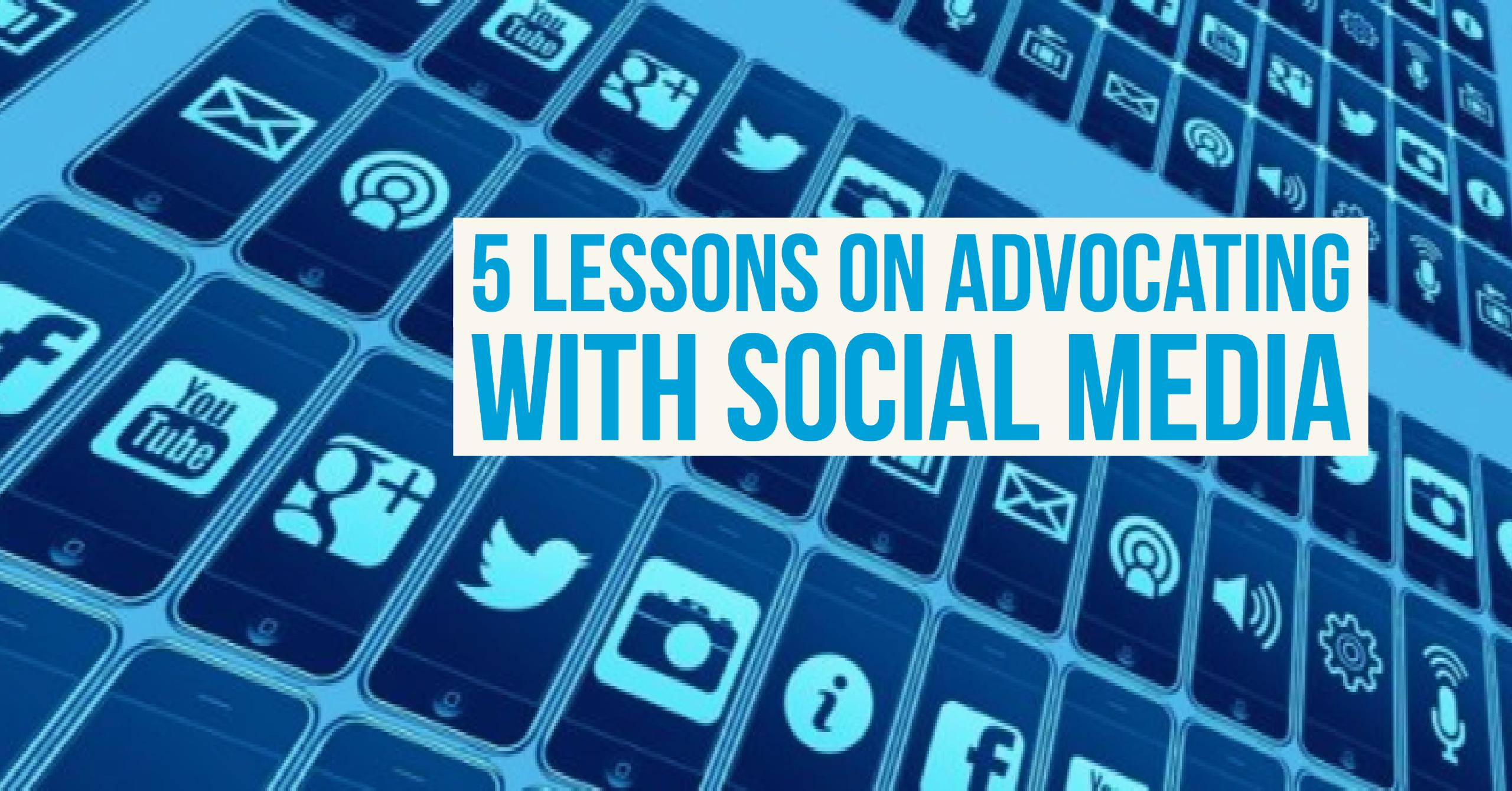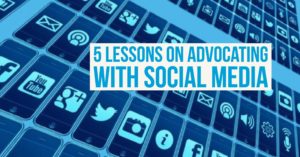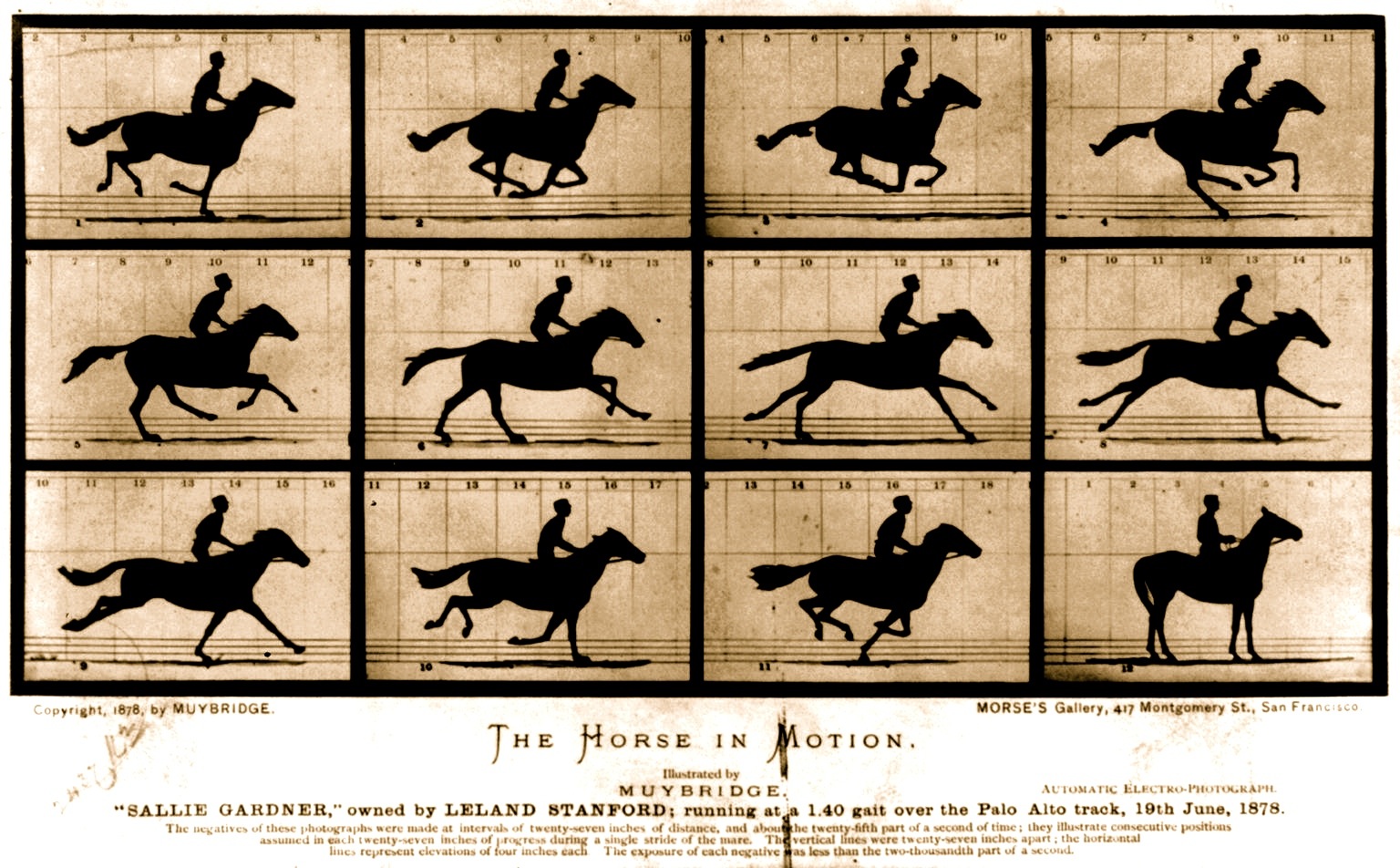Sometimes waiting is better

We all live in anticipation of something, the next episode, the next cup, the next job, the next client, the next follower. Anticipation is one of the more unusual emotions we can have. It plays delicately along the line of pleasure and pain. It can consume, and even overwhelm us until we just can’t wait anymore. The time between then and now can feel excruciating and delicious. Anticipation is what our brains experience when music gives us goosebumps.
The reality is that anticipation can register in our brain as pleasure or pain. Anticipation is often what we try to build when we are promoting an idea or selling a product. We want our audience to long for the outcome or object we have in mind. We want to have them focused on receiving or achieving that objective so that they can experience the relief of having it. Or, and this is the clever bit, by having to wait, by building anticipation, we can also engender our object with value. By building anticipation we tap into a mindset that says, good things come to those who wait.
USING ANTICIPATION IN MARKETING
When Clairol introduced a new conditioner in the 1970s they directed women to let the product stand in their hair for 30 minutes. The conditioner only took five minutes to work, but that was inconsistent with what happened when women went to salons, so the extra 25 minutes was added to give to product more appeal, more value. For those of you who enjoy a good beer, you may be familiar with some of the anticipation that comes with having a Guinness. Pouring a Guinness is an act of patience. It takes time for the dark liquid to settle and the creamy foam to move to the top and then you pour again. Rather than make excuses for the delay or take away from one of the things that make Guinness unique, the Guinness marketing team played on the anticipation. Take look.
Of course, there are those products that extoll the virtues of anticipation, Heinz Ketchup is one of the more notable. Who in North America hasn’t waited patiently for the ketchup to make an appearance?
BUILDING IN ANTICIPATION REQUIRES PATIENCE
Building anticipation is one of the most difficult parts of my job. From conception to completion of a communication campaign can take months if not years. Throughout, anticipation has to be fed and managed. It’s not enough to stay silent and wait until everything is in place, in fact, in order for adoption to work; anticipation has to be part of the communications activity. When you’re promoting an idea, it is critical that you take the time to build on awareness. Ideas are amorphous creatures. They can be hard to visualize and even more difficult to understand and support.
Adoption requires patience and timing. If you build too much anticipation you can cause a good idea to fall flat. If you move before your audience is ready, you can fail as badly as if you had introduced your idea too late. The business world is full of great ideas that were launched too soon. I can’t imagine the frustration of having someone take your idea and be completely successful where you failed and all because they had the patience to wait. This happened to SixDegrees.com, the forerunner to Facebook and Ask Jeeves, the forerunner to Google.
Whether I’m preparing an organization for significant process changes or new benefits, I know I have to carefully feed information. I also have to manage the most difficult part of the process, my own anticipation. I have to keep it in check even as I start to feed elements of the change. It’s a slow process, but the adoption of new ideas is not the work of a moment. I love what I do for a living, it calls on my imagination and challenges my mind, but oh… the anticipation.
What about you? What have you anticipated? What have you had to be patient about in your life?
Image courtesy of olovedog and FreeDigital Photos.net



















